On June 8, 1994, local elementary-school students clamoured around the Rhino Yard near the Elephant House to welcome a special celebrity to Smithsonian’s National Zoo. We’re, of course, referring to Uncle Beazley, the life-size fiberglass model of a triceratops used in the NBC-TV production of The Enormous Egg (1968). To welcome the dinosaur to the Zoo, Frank Perry, an 8-year-old who attended Meyer Elementary School, read aloud the 1956 children’s book of the same name by Oliver Butterworth and Smithsonian paleontologist Nick Hotton taught the children about dinosaurs.
And although this was Uncle Beazley’s final stop at the Smithsonian, it was certainly not his first.
In July 1967, a film crew posted up at the National Zoo and the National Museum of Natural History with different models of Uncle Beazley at varying sizes, created by Hungarian-born artist and taxidermist Louis Paul Jonas, to shoot scenes for The Enormous Egg. In the book and TV film, a young boy finds a huge egg that eventually hatches and reveals itself to be a baby triceratops, named Uncle Beazley. Unsure of how to care for the dinosaur, the young child relies on a Smithsonian paleontologist for help. Each of Jonas’ models represents the growing Uncle Beazley.
Once filming wrapped, the Sinclair Refining Company, which had initially commissioned Jonas to create dinosaur sculptures for the 1964 World’s Fair and which has a dinosaur in its company logo, donated one of the life-size models to the Smithsonian.
One of Uncle Beazley’s first stops in Washington, D.C. was to Smithsonian’s Anacostia Community Museum for its opening day. In September 1967, children were welcomed to climb on top of the fiberglass dinosaur in a vacant lot across from the Carver Theater, the Museum's first home.
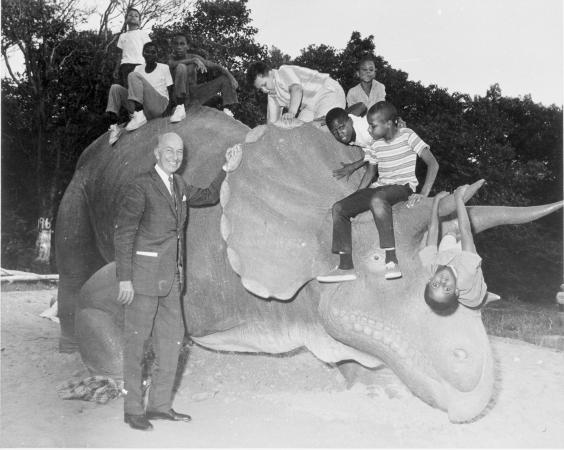
But Uncle Beazley wasn’t there for long. Between the late '60s and 1994, he lived in front of the National Museum of Natural History. In local newspapers during this period, reporters encouraged parents to give their children a break by romping around the dinosaur. As children were known to play “King of the Hill” atop the triceratops, it’s no wonder that mulch and wood were scattered around the model to make the area less dangerous in 1981.
Uncle Beazley returned to his first home at the Institution, the Zoo, in 1994, where he still lives today. Though children can no longer play on the triceratops, adults can still get their fill of childhood nostalgia by visiting the model near Lemur Island.
Do you remember a time when children could climb on Uncle Beazley?
Related Resources
- “Uncle Beazley is on the Move” by Coburn Dukehart, The Picture Show, NPR
- “An Old Favorite Returns to the National Zoo” by Arcynta Ali Childs, Smithsonian Magazine
- Uncle Beazley, Wikipedia
- “The ‘Come, See and Do’ Museum,” Evening Star, 29 October 1967
Produced by the Smithsonian Institution Archives. For copyright questions, please see the Terms of Use.




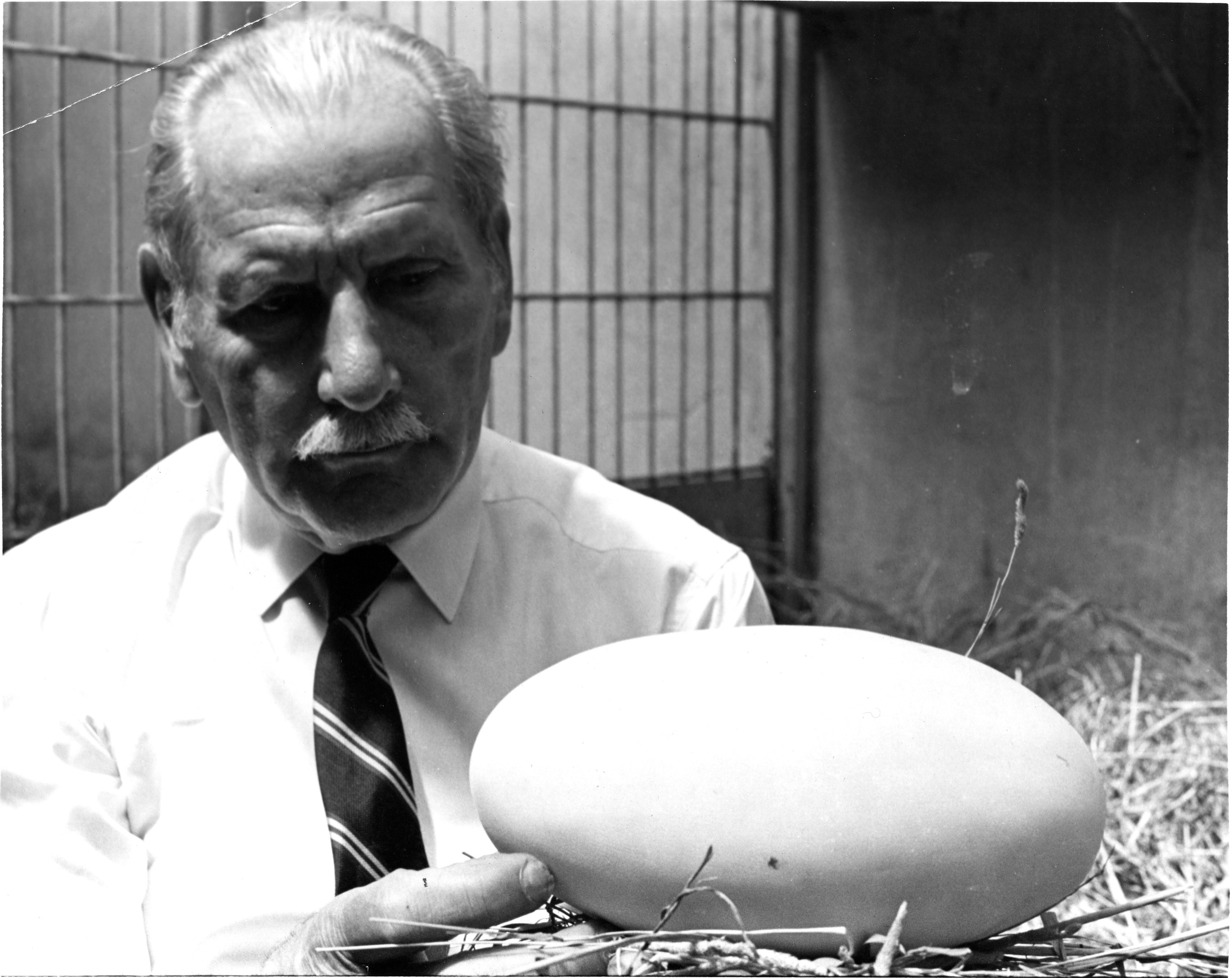

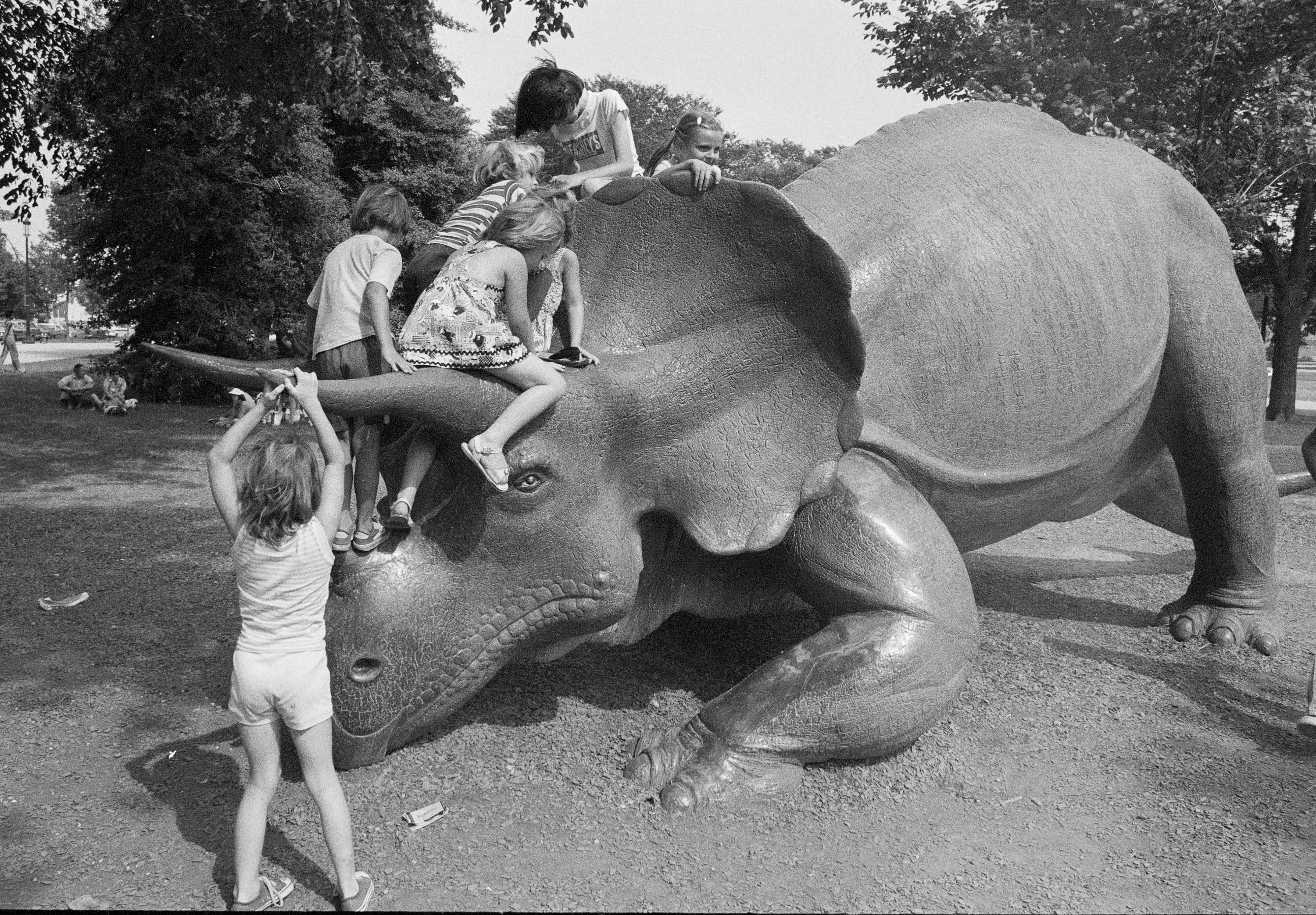



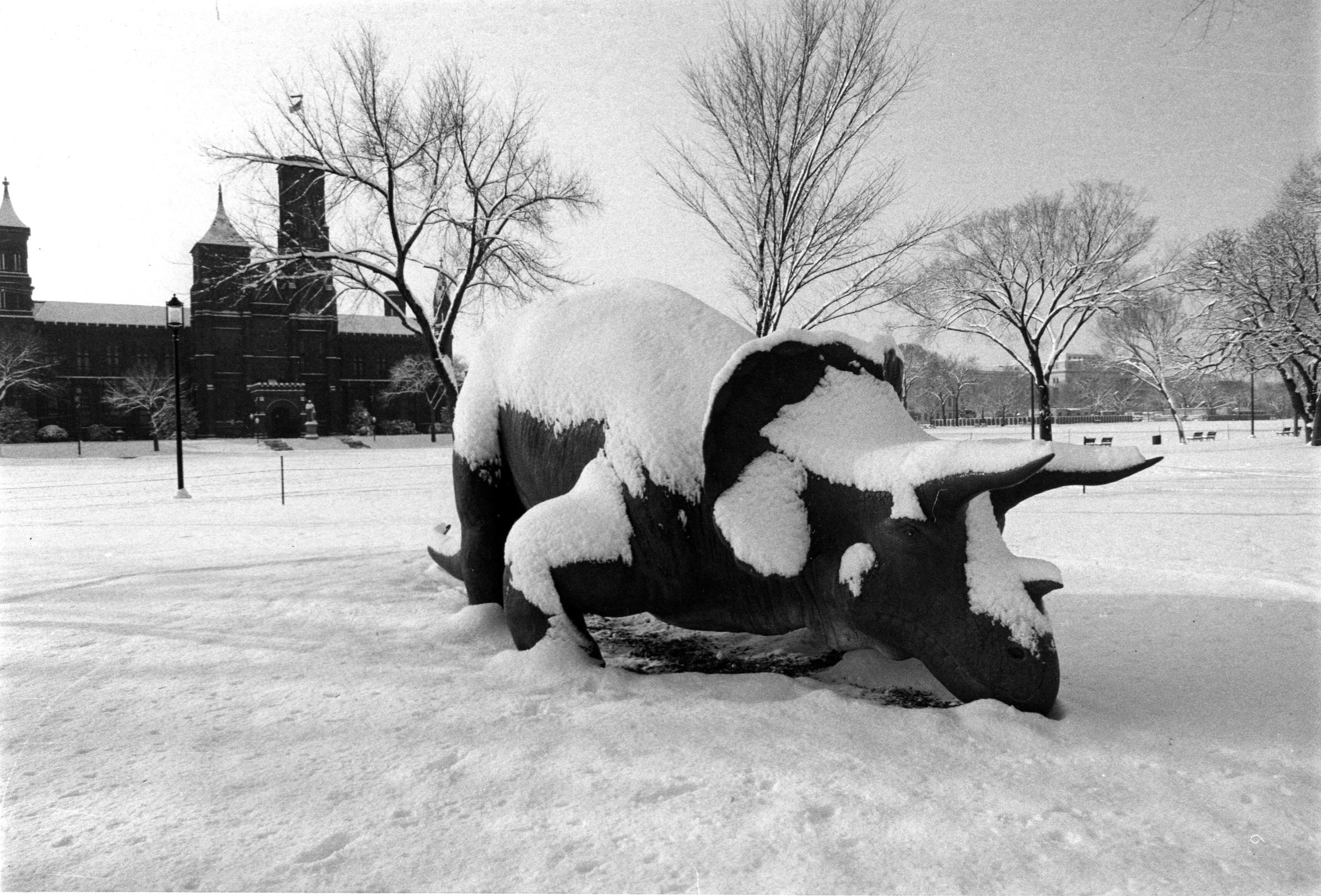

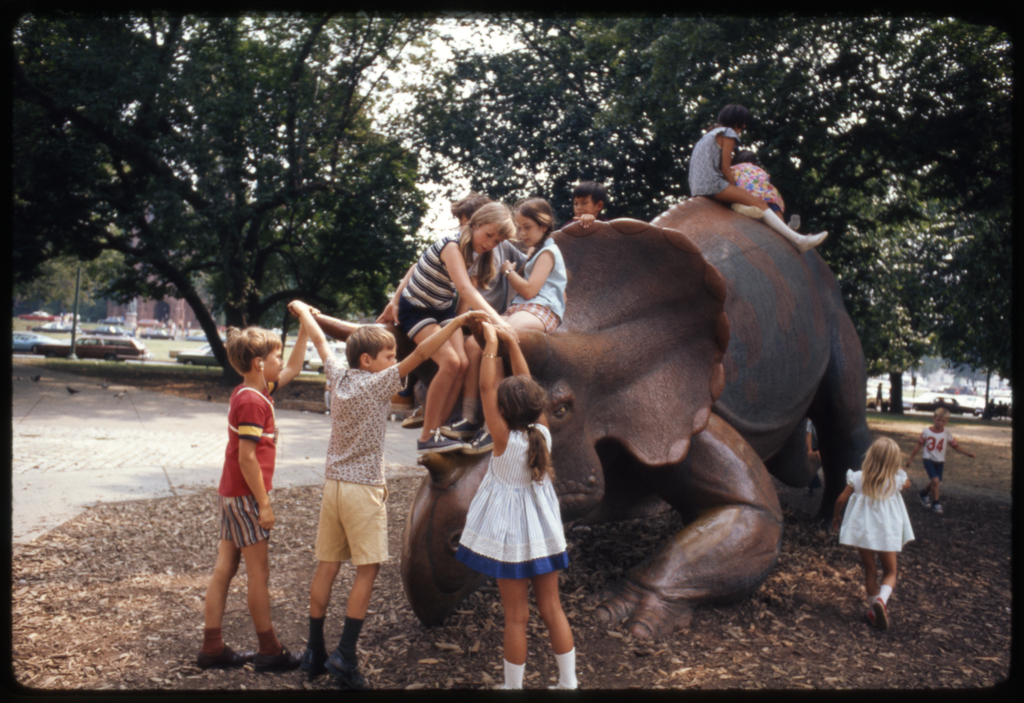
Leave a Comment